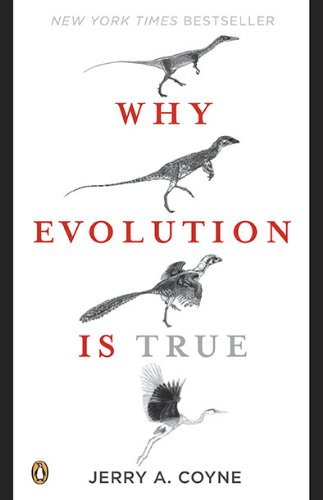Mammals Produce Useless Yolks
Vestigial genes can go hand in hand with vestigial structures. We mammals evolved from reptilian ancestors that laid eggs. With the exceptions of the “monotremes” (the order of mammals that includes the Australian spiny anteater and duck-billed platypus), mammals have dispensed with egg-laying, and mothers nourish their young directly through the placenta instead of by providing a storehouse of yolk. And mammals carry three genes that, in reptiles and birds, produce the nutritious protein vitellogenin, which fills the yolk sac. But in virtually all mammals these genes are dead, totally inactivated by mutations. Only the egg-laying monotremes still produce vitellogenin, having one active and two dead genes. What’s more, mammals like ourselves still produce a yolk sac—but one that is vestigial and yolkless, a large, fluid-filled balloon attached to the fetal gut. In the second month of human pregnancy, it detaches from the embryo.
Notes:
Because they evolve from egg-laying reptiles, they have dead genes for producing yolks and even produce yolks in the placenta.
Folksonomies: evolution genes vestigial genetic
Taxonomies:
/pets/reptiles (0.724433)
/family and parenting/motherhood/pregnancy (0.427984)
/science/medicine/genetics (0.317388)
Keywords:
mammals (0.972793 (negative:-0.492201)), dead genes (0.859559 (negative:-0.482039)), Vestigial genes (0.812201 (neutral:0.000000)), Australian spiny anteater (0.805334 (neutral:0.000000)), nutritious protein vitellogenin (0.746068 (positive:0.398965)), egg-laying reptiles (0.721130 (negative:-0.610637)), vestigial structures (0.712973 (neutral:0.000000)), egg-laying monotremes (0.692969 (neutral:0.000000)), yolk sac (0.641939 (neutral:0.000000)), duck-billed platypus (0.600714 (neutral:0.000000)), reptilian ancestors (0.592586 (neutral:0.000000)), Useless Yolks (0.579863 (negative:-0.610637)), fetal gut (0.578642 (negative:-0.370173)), fluid-filled balloon (0.538025 (negative:-0.508327)), placenta (0.477394 (negative:-0.419424)), hand (0.399384 (neutral:0.000000)), storehouse (0.374052 (negative:-0.260379)), exceptions (0.369779 (neutral:0.000000)), mothers (0.360492 (positive:0.349727)), mutations (0.358599 (negative:-0.293020)), embryo (0.358331 (negative:-0.368664)), eggs (0.357542 (neutral:0.000000)), order (0.350949 (neutral:0.000000))
Entities:
yolk sac:Anatomy (0.886977 (neutral:0.000000))
Concepts:
Mammal (0.974704): dbpedia | freebase | opencyc
Egg (0.906468): dbpedia | freebase
Echidna (0.787855): dbpedia | freebase | opencyc
Fetus (0.716506): dbpedia | freebase | opencyc
Platypus (0.684051): dbpedia | freebase | opencyc
Monotreme (0.682562): dbpedia | freebase | opencyc
Embryo (0.675468): dbpedia | freebase | opencyc
Australia (0.579810): geo | dbpedia | ciaFactbook | freebase | opencyc | yago | geonames






